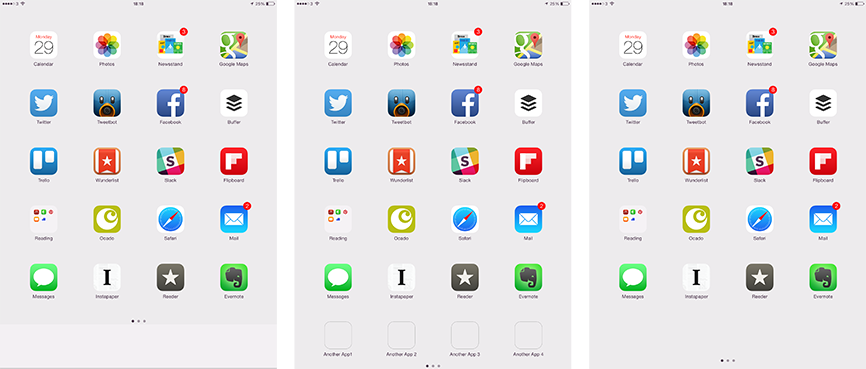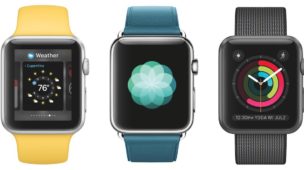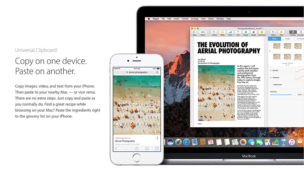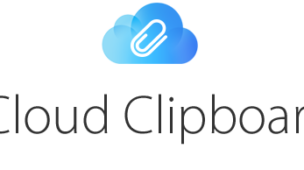I wish if I emptied the dock on iOS of icons it disappeared. Returning once you re-entered rearrange mode and dragged an icon towards the bottom of the screen. On my iPad at least I rarely use the apps on the subsequent screens and so the dock looses it utility. On my iPhone my home screen is just my primary apps, and the subsequent screen apps are nearly entirely arranged into folders. On both devices, if an app is not on my home screen I use spotlight to launch apps as it’s much faster. Would look cleaner if a had an extra row of apps down there without the dock bar and the pagination dots placed right down the bottom. Would just be nice to have the option.

A very minor thing I admit, and if it were possible I would personally keep the bottom row free for balance. Just an empty dock leaves this nasty block there which I wish would hide itself when empty.
Main issue I see with this is if you had icons in the extra bottom row then tried adding icons back into a previously hidden dock, the knock on effect of reshuffling would be a pain to deal with. Instead just hiding the dock and not allowing more icons to be placed there would keep me happy.
I feel the same about the dock in Mac OS, which I have permanently hidden, using spotlight to launch apps and ⌘- tab between.
One for the wishlist Apple! I wish I could hide the dock on iOS.


